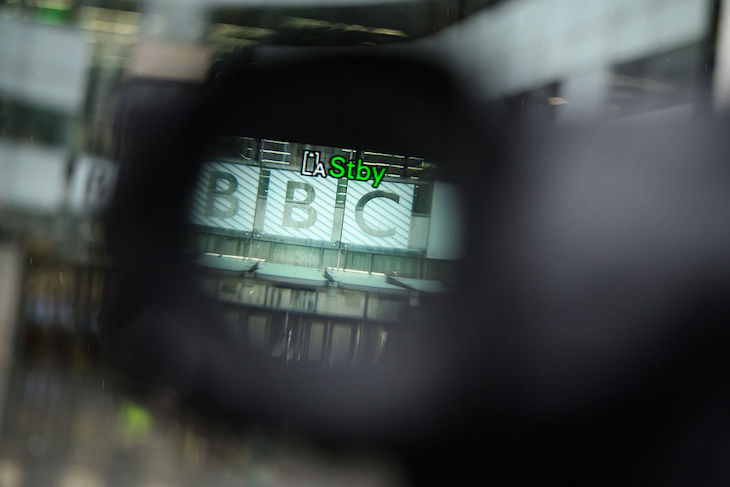After 22 months of on-and-off strikes, junior doctors have voted to accept the government’s offer of a 22.3 per cent pay rise over the next two years. But this doesn’t mean the strikes have come to an end. Rather, the government seems to have secured itself only a brief pause from the walkouts, before the negotiation process (and potential strikes) start up again next year.
The British Medical Association announced last night that 66 per cent of the 46,000 junior doctors who voted agreed to the deal. This includes an additional backdated 4 per cent pay increase on top of the 9 per cent awarded by the previous government for the last fiscal year, as well as another 8 per cent increase this year. The pay settlement comes after almost two years’ worth of strikes that cancelled over 1.5 million appointments and operations, at a time when the NHS waiting list sits at near-record levels.
The 22.3 per cent pay increase is lower than the 35 per cent junior doctors had been demanding. But it’s not exactly right to call it a compromise, as the BMA has made clear that it is not abandoning its calls for full ‘pay restoration’. Speaking to the BBC this morning, the co-chair of the BMA’s Junior Doctors Committee, Dr Vivek Trivedi, made clear that this pay increase is only the ‘the first step’, which will need to be followed by making good on getting to 35 per cent, including ‘pay uplifts each and every year'. It’s a clear message the BMA is putting to the government: this arrangement is only temporary, and negotiations will be picking up again soon.
What has the government got out of it? There’s no doubt that Rishi Sunak’s government struggled to make progress on the NHS waiting list in part because of the ongoing strikes. It became one of the failed pledges of the last government, as it couldn’t make good on its promise to shrink the waiting list.
Desperate not to repeat past mistakes, Labour knows getting doctors back to work is crucial for seeing improvements in waiting times. But it’s coming at a very high cost. The inflation-busting pay raises approved by Chancellor Rachel Reeves in July account for roughly half of the supposed £22 billion ‘fiscal black hole’ that she says exists in the public finances this year. The political ambition is to pin that all on the Tories, even though the pay rises were Labour’s first big spending announcement.
But that will be a near-impossible task next year, and the following years, as union demands for higher pay continue to grow. It’s not just junior doctors who consider the matter of their pay not to be settled yet, but GPs too, who are carrying out collective action for the first time in 60 years.
Starmer’s message for the NHS last week was ‘no more money without reform’. But for the workforce, the message so far has been radically different. Having announced a large pay day at the start of their premiership, without any talk of increased productivity or targets, Labour may well find that the conversation around pay continues to be one-note: that is, pay up or get strikes.








Comments